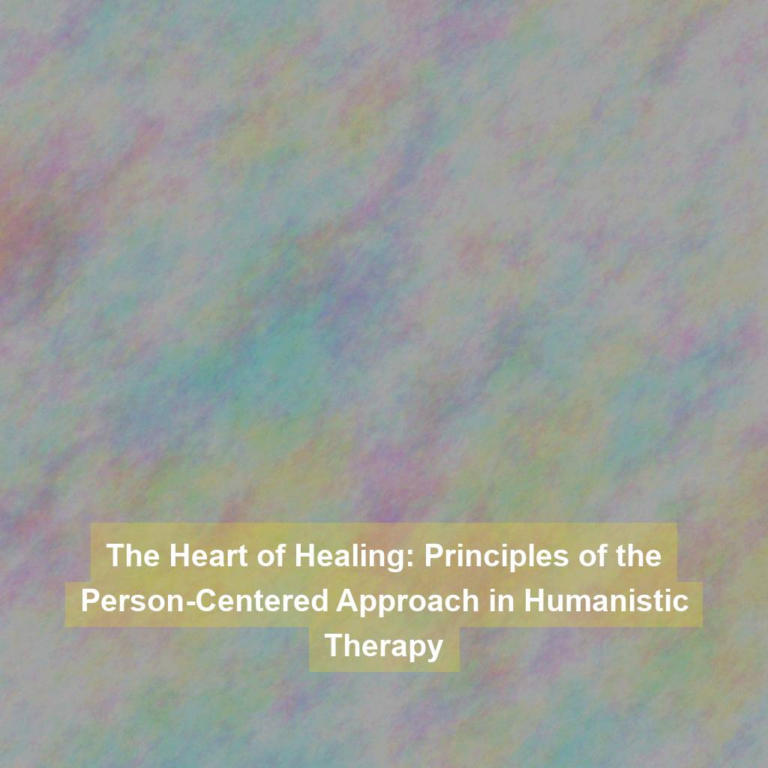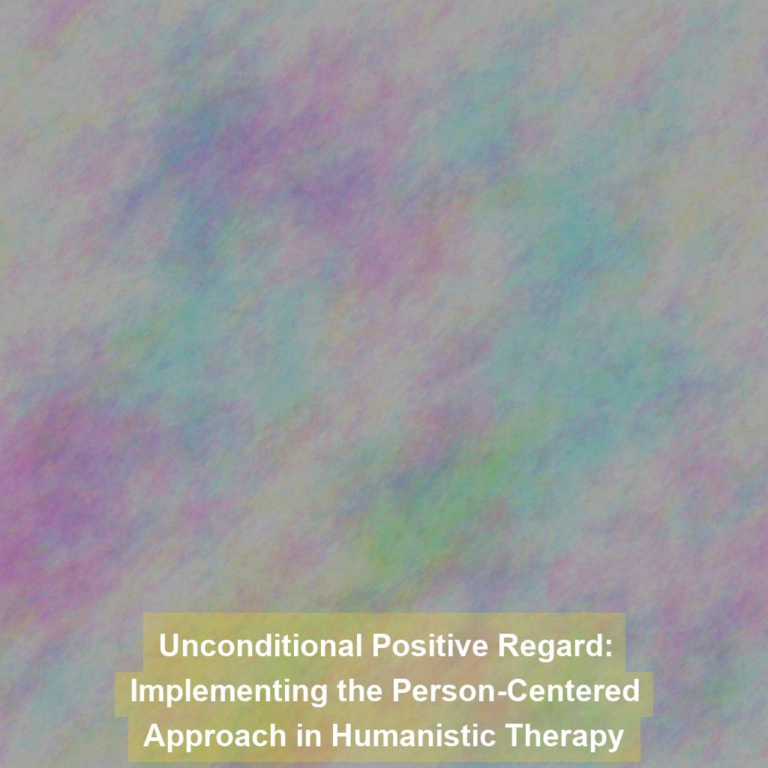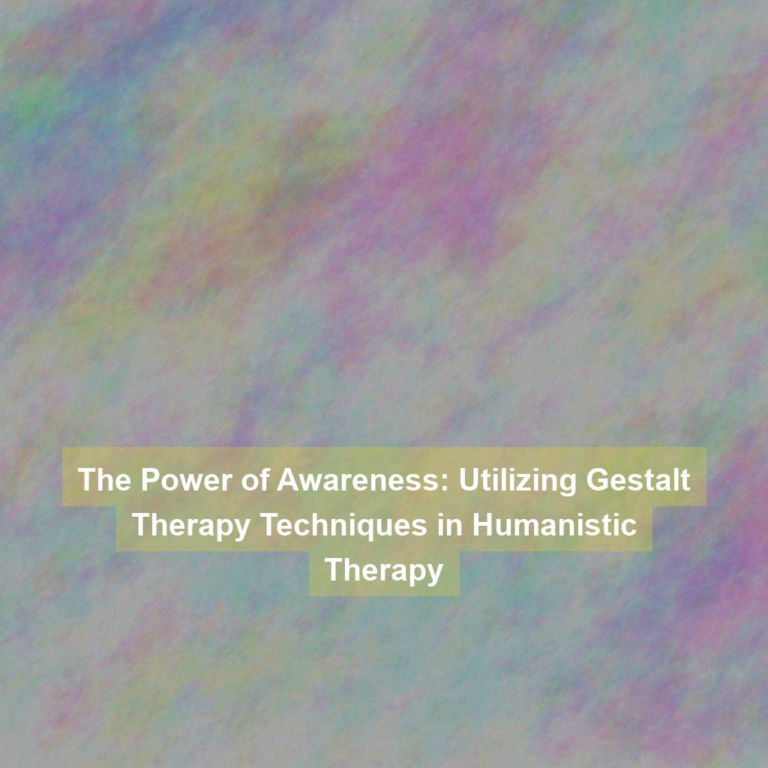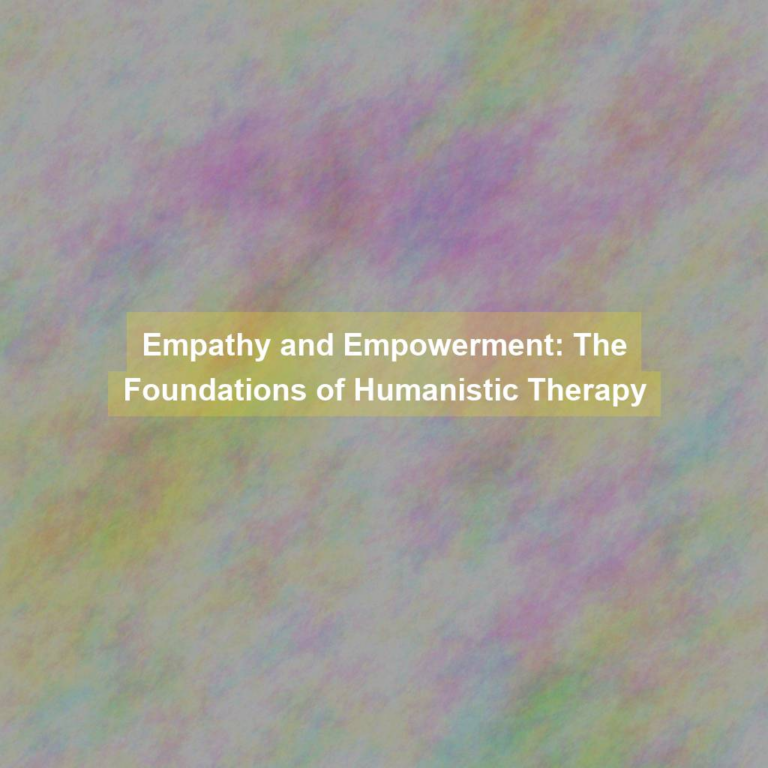Are you looking to enhance your therapeutic approach by embracing the present moment? Imagine the potential for deeper client awareness and insight that comes from fully engaging with the here and now.
By integrating Gestalt therapy techniques into your humanistic practice, you can tap into the power of present-centered exploration and authentic engagement. This approach offers a unique opportunity to facilitate holistic growth and transformation within your clients, but how exactly can you apply these techniques in your therapy sessions?
Join the discussion to discover practical ways to integrate Gestalt principles and elevate the effectiveness of your humanistic therapy practice.
Understanding Gestalt Therapy Principles
To understand Gestalt therapy principles, it’s essential to recognize the emphasis on the present moment and the holistic nature of human experience. This approach focuses on the here and now, encouraging individuals to become more aware of their thoughts, feelings, and behaviors in the present moment. Rather than delving into past experiences or future concerns, Gestalt therapy encourages you to explore your current experiences and how they impact your life. By doing so, you can gain a deeper understanding of yourself and your patterns of behavior.
Gestalt therapy also emphasizes the holistic nature of human experience, viewing individuals as complex beings comprised of mind, body, and spirit. In this approach, you’re seen as a whole person with interconnected thoughts, emotions, and physical sensations. By acknowledging and addressing these interconnected aspects, you can work towards achieving a greater sense of wholeness and integration within yourself.
Integrating Mind-Body Awareness
You can cultivate mind-body awareness by actively engaging in mindful practices that promote self-reflection and connection with your physical sensations. Mindfulness meditation, yoga, and tai chi are effective tools for integrating mind-body awareness. These practices encourage you to focus on the present moment, observe your thoughts and feelings without judgment, and notice the sensations in your body. By regularly engaging in these activities, you can develop a deeper understanding of the connection between your physical experiences and your emotional well-being.
In addition to mindfulness practices, paying attention to your body’s signals throughout the day can enhance your mind-body awareness. Take moments to check in with yourself, notice any areas of tension or discomfort, and explore the emotions associated with those sensations. This can help you become more attuned to the ways in which your body responds to different situations and stimuli.
Facilitating Present-Centered Exploration
Exploring present-centered experiences allows for a deeper understanding of the connection between your physical sensations and emotional well-being, building on the mind-body awareness cultivated through mindfulness practices and self-reflection. By facilitating present-centered exploration, the focus is on your current thoughts, feelings, and bodily sensations as they arise in the therapy session. This approach encourages you to become more aware of your immediate experience, helping you to understand how you respond to different stimuli in the present moment.
During present-centered exploration, the therapist may guide you to pay attention to your breathing patterns, muscle tension, or any emotions that surface in the here and now. This heightened awareness of your present experience can provide valuable insights into underlying feelings or unresolved issues. It allows you to gain a clearer understanding of how your body responds to certain emotions or triggers, leading to a more comprehensive understanding of your inner world.
Furthermore, present-centered exploration can assist in identifying any patterns or habits that may be impacting your current well-being, enabling you to make conscious choices about how to respond to these experiences. By delving into your present-centered experiences, you can develop a greater sense of self-awareness and enhance your ability to live more authentically and intentionally.
Cultivating Authentic Engagement
Cultivating authentic engagement involves fostering genuine connections and meaningful interactions in the therapeutic process. This requires you to be fully present and committed to understanding your client’s experience without judgment. Authentic engagement is about being real and transparent, allowing yourself to bring your true self into the therapeutic relationship. It’s important to actively listen to your client, demonstrating empathy and validation for their emotions and experiences. Your genuine interest in their well-being and growth will create a safe space for them to explore their inner world.
In cultivating authentic engagement, it’s crucial to remain aware of your own thoughts, feelings, and reactions in the therapeutic relationship. Being authentic means being open about your experiences and emotions as they arise, while also maintaining professional boundaries. This transparency can help build trust and foster a deeper connection with your client.
Enhancing Therapeutic Relationships
Moving from cultivating authentic engagement to enhancing therapeutic relationships requires building on the foundation of genuine connection and meaningful interactions. To enhance the therapeutic relationship, it’s essential to prioritize empathy and understanding. This involves actively listening to your clients, acknowledging their experiences, and demonstrating genuine care and concern. By doing so, you create a safe and supportive environment where clients feel heard and valued.
Another crucial aspect of enhancing therapeutic relationships is fostering transparency and openness. Sharing your thoughts and feelings with clients in a respectful and appropriate manner can strengthen the bond between you. It’s important to maintain boundaries while also being authentic and genuine in your interactions.
Furthermore, promoting collaboration and empowerment can significantly enhance the therapeutic relationship. Encouraging clients to actively participate in their therapy process and involving them in decision-making can foster a sense of autonomy and self-efficacy.
Lastly, consistently reflecting on your own practice and seeking feedback from clients can further strengthen the therapeutic relationship. Embracing a mindset of continuous improvement and being open to learning from your clients can deepen the connection and trust within the therapeutic relationship.
Conclusion
So, as you can see, integrating Gestalt therapy techniques into humanistic therapy can be a powerful way to help clients embrace the present moment and facilitate growth and healing.
By focusing on mind-body awareness, present-centered exploration, authentic engagement, and building strong therapeutic relationships, you can create a supportive and effective therapeutic environment for your clients.
Embracing Gestalt principles can truly transform the way you approach therapy and help your clients live more fully in the present.







